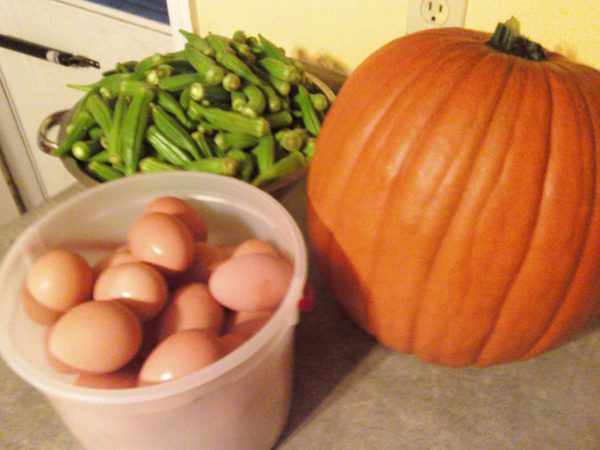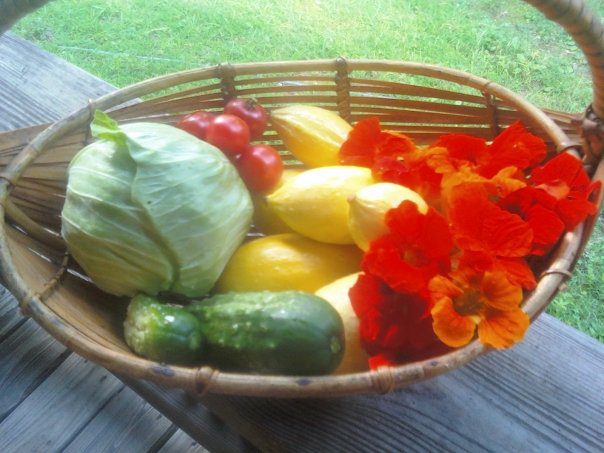
As part of the 4H programs, the USDA was pushing community garden concept that was red hot from the politician’s side, the “teach a man to fish” concept was a way for politicians to push food independence based on a transfer of information concept. Extension offices nationwide were pushed to put in garden spots so families could grow vegetables. My team decided to chase that rabbit, we put in 20-8ft x 30ft garden spots, developed a curriculum for newbies, a standard procedure for families with experience. 4H had started a Junior Master Gardener program kids and families were interested, 4H had no desire to facilitate a community garden program, we again picked up the slack. The Jr Gardeners program turned out to be a dismal example of the state of the family structure in 2010. Several of our group were homesteaders, farmers, country folks, they jumped in, we took a 2acre garden spot rototilled it in, laid out raised bed gardens with 4x8x10ft timbers. Each garden spot was 100% ready to plant. My wife (Master Gardener) met with the families on March 1st in a planning session, established a Cumberland Plateau planting date that was any time after Mother’s Day. Their mission was to establish a food plan for their family that included but was not limited to a budget, Cynthia instructed each family to identify a collective meal plan, first by day, then week, then month. This is where the excrement hits the fan. Seven families absolutely no rhyme or reason, one family had six members not even one family shared meals. Two families utilized the mailed coupon method of meal plan, Big Mac Mondays, Whopper Tuesday, KFC fingers Wednesday, Tacos Thursday, Capt. Ds on Friday, Saturday was snack day, and dinner on the grounds using search a Church on the Facebook for Sunday. We had families that every member ate at different times, different food, the disfunction was a case study at best. The second meeting really set the tone for any community garden program, what as a family do you want to achieve? From a raised bed garden standpoint, families could easily supplement their food independence without breaking ground. Not a single family could identify food value vs expense to produce. Families today buy to eat, there is no rhythm to their food planning, all remember the generations before them, but not a single family knew “how to: or “the value” of the food independence, or “the want to” to reach food independence. To place a value, I wrote a paper that established an equivalency between cost to grow and cost to purchase at the grocery store, at the time 2010 the equivalency was a $1 per pound, I stapled a $1 bill to the white paper and give it to the families in the program. After reviewing the vegetables folks wanted to grow it was obvious that value escaped the plan. Example: New potatoes can be purchased anywhere for $.57 per pound, it costs a $1 per pound to grow potatoes in a raised bed garden. Pic Sweet Corn blanched, and flash frozen in 48 oz bags is $2, or $.66 per pound. Bell peppers are $.89 per pepper, peppers cost about $.10 a pc in a raised bed garden, same for cucumbers, squash, tomatoes. Cucumbers are 2 for $1, squash $1 per pound, tomatoes are $1.80 per pound, see the trend. Frozen vegetables 10 for $10, okra, peas, butter beans, chopped Vidalia onions, chopped green peppers, corn, green peas, are all more cost efficient than raising in a garden spot. Herbs and spices, peppers, salad fresh peas, green beans, okra, pickling cucumbers, lettuces, spinach, asparagus are more cost efficient to grow in raised bed garden. To establish a baseline using a $1 per pound allows families to utilize garden spots based on the mechanics of growing food and the cost efficiency of buying food. Once you establish a number that you can relate to, you’re planning and purchasing becomes more relevant. Teaching families to establish trends in their food independence proved to be a tall task, of the 11 families in our first year, Jr Gardeners program, 11 planted gardens, 2 families had a plan, 4 planted unrealistic gardens, (watermelons, corn, rice, wheat grass) 6 had dedicated garden schedules, 4 planted and never revisited the gardens, 2 families planted in May, rotated and replanted greens in the fall. 6 families felt that gardening wasn’t cost effective. Out of 11 families in the 2009 program, no families resigned up for 2010, 5 prepared raised bed gardens at their homes for 2010. The collective summarized that community raised bed garden programs in concept were great, everyone including the staff challenged a central location, the Makers Camp is 10 acres on a main highway but not convenient as walking out your back door to your own garden. Our summary and decision to terminate the community gardening program and reevaluate the Community Kitchen/ Farmers Distribution center grant was based on the state of the demographic.

We met with a number of the church leadership in the area, the consensus was that the facility would complement the area, all concluded the families that need the services to secure food independence wouldn’t participate, that every USDA/ UTK program that would complement the facility has a history of blocking the progress, and creating ag business models in Tennessee relies on their USDA/UTK approval in grants or farm related financing. So on to the next adventure.
